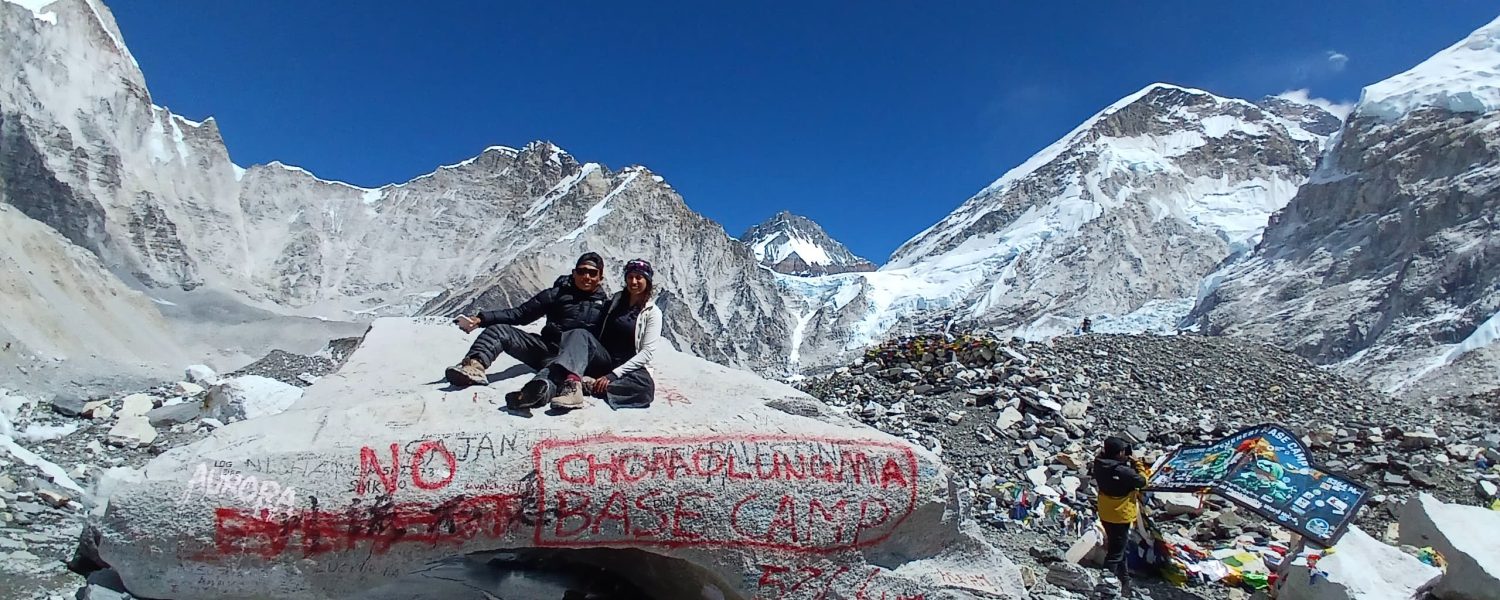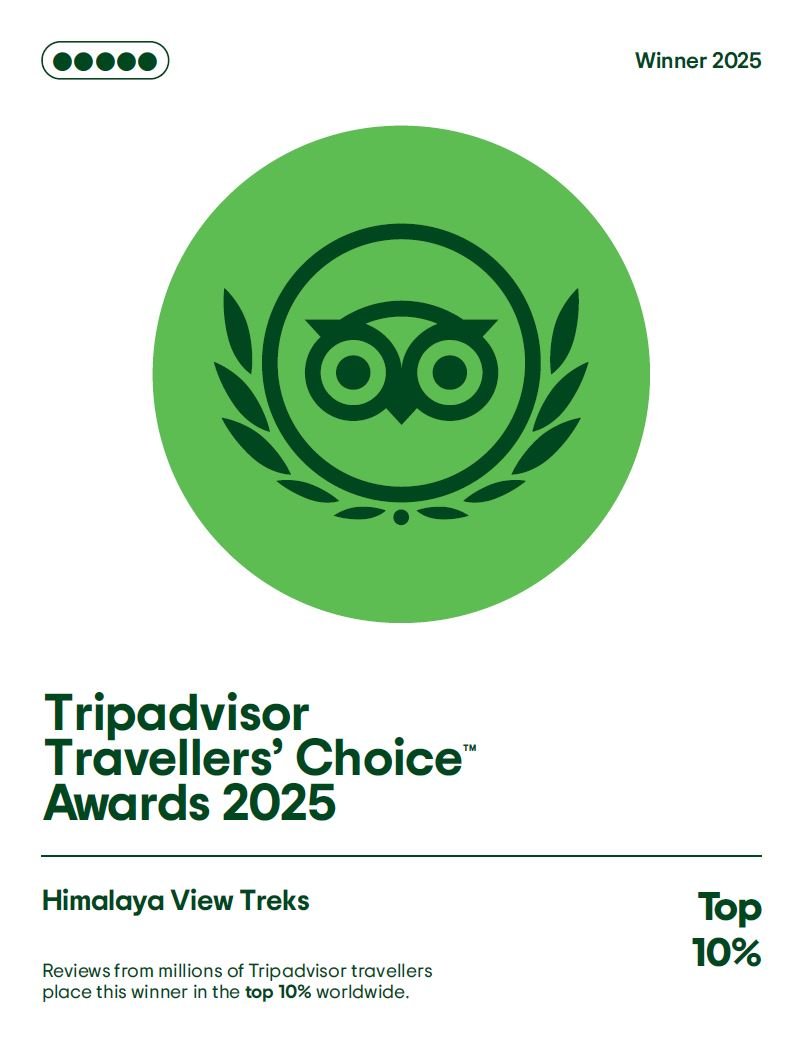All About the Everest base camp trek, things to know before the your trip
10 things to know before the Everest base camp trek. The Everest Base camp trek cost, Difficulty, Itinerary, Altitude, and Best season. Herewith all described about the Everest base camp trek things to know before your trip.
Estimated Cost Of Everest Base Camp Trek
Himalaya View Treks Everest Base Camp trek costs between $1095 and $1300 per person for a 12-day, Includes two permits, both ways Lukla flights, 11 night Hotel accommodation, and three times meals. However, prices can be vary depending on the season, and level of service.
Difficulty Level of Everest Base Camp Trek
The Everest Base Camp trek is considered a moderate but requiring physical fitness, acclimatization to high altitude, and mentally strong mental. While it’s not a technical climb, but trek involves significant daily walking, altitude gains, and potential for discomfort from cold temperature and thin air. the highest elevation is Kalapatthar (5,545m)
Everest Base Camp Classic Itinerary
A Classic Everest Base Camp trek (EBC) itinerary lengths is 12 days including flights to Lukla, trekking through Phagding, Namche, Tengboche, Dingboche, Lobuche, and Gorakshep. Reaching Everest Base Camp and Kala Patthar, and then returning to Kathmandu. The 12 Days trek includes acclimatization day in Namche Bazaar and Dingboche, Also, hike to Kala Patthar for views of Mt. Everest and surrounding peaks.
Herewith Day by day Itinerary.
1: Fly to Lukla and then trek to Phakding
2: Phakding to Namche Bazaar
3: Acclimatization Day, Hike to Everest View Hotel
4: Namche to Tengboche
5: Tengboche to Dingboche
6 Dingboche Acclimatization Day,
7: Dingboche to Lobuche
8: Lobuche to Gorakshep
9: Hike to Kalapatthar and then trek back to Pheriche
10: Pheriche to Namche
11: Namche to Lukla
12: Fly back from Lukla to Kathmandu
Total Walking Distance From Lukla to Lukla
1. Approximately 120–130 km (75–81 miles) Round Trip
2. Daily walking distance 5 to 7 hours
Everest Base Camp Altitude
There are two base camps on Mount Everest, on opposite sides of the mountains: South Base Camp is in Nepal at an altitude of 5,364 meters (17,598 ft) (28°0′26″N 86°51′34″E), while North Base Camp is in Tibet at 5,150 meters (16,900 ft) (28°8′29″N 86°51′5″E).
The Best season to Trek Everest base camp
The best time to trek to Everest Base Camp is during the spring (March/April/May) and autumn (late September, October and November) seasons. These periods offer the most favorable weather conditions with clear skies and relatively stable temperatures, making the trek more enjoyable and safer.
Toilet Facilities During the Everest Base Camp Trek
- Basic western-style or squat toilets in tea houses
- Bring toilet paper and hand sanitizer
- Some lodges have private bathrooms; others have shared ones
Accommodation – Tea Houses in Everest Region
- Comfortable tea houses (lodges) available at all major stops
- Cozy rooms, warm meals, and communal dining halls
- Extra blankets usually available; bring a warm sleeping bag
Meals During the Everest Base Camp Trek
- Typical Nepali meals like Dal Bhat, momo, noodles, pasta, soups
- Vegetarian options widely available
- Boiled water or water purification tablets recommended
Frequently Asked Questions (FAQs)
Q: Do I need to train before the trek?
Yes, cardiovascular fitness and light strength training are highly recommended.
Q: Is altitude sickness a risk?
Yes, acclimatization days are built in to reduce the risk, but AMS can still occur. Know the symptoms.
Q: Can I charge devices along the trek?
Yes, but power is limited and usually costs extra. Bring a power bank.
Q: Is there Wi-Fi or mobile signal?
Yes, at most tea houses (Everest Link or Ncell), but connections may be slow or weather-dependent.





